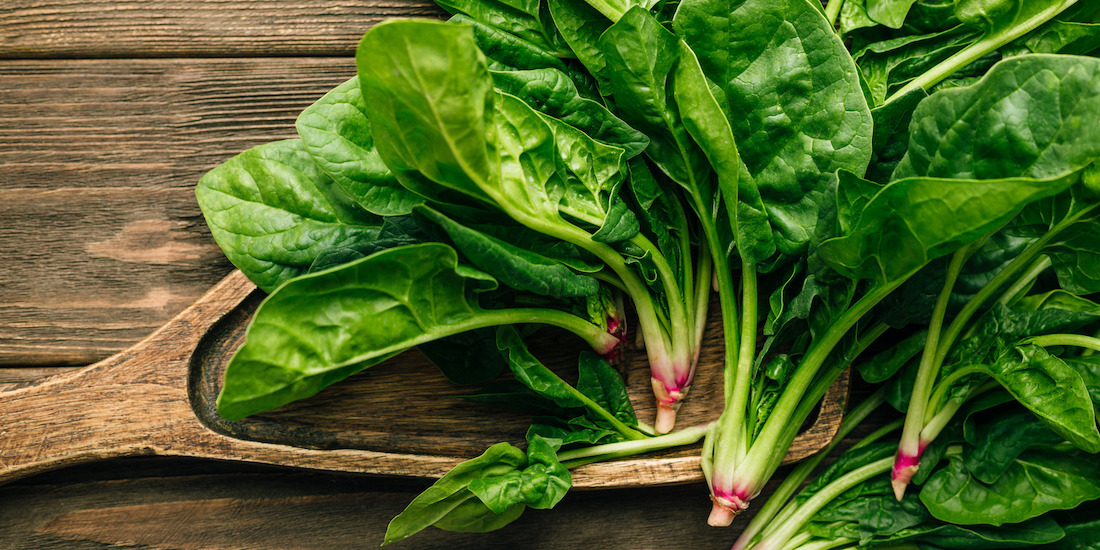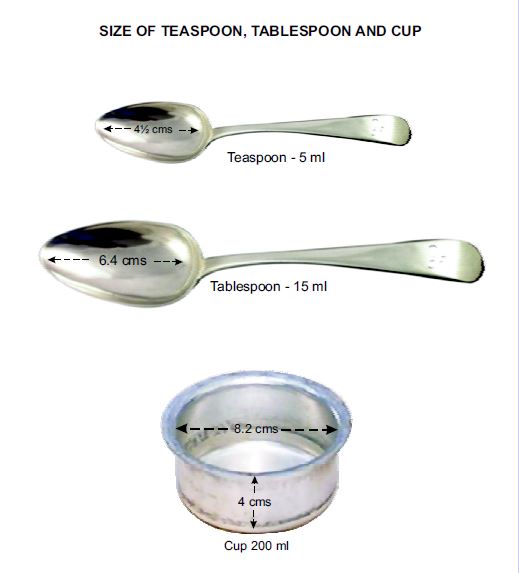Spinach: Popeye was right!
Isn’t dal-saag and/or palak paneer one of our favorite winter recipes? Read on to know the benefits you get along with the heartwarming taste.
We all saw Popeye grow his muscles after gulping a can of spinach. (Oh, how I wish more characters like him existed) That was almost the correct depiction of what spinach does. It helps you build and retain muscles.
It is filled with iron, lutein, folate, and Vitamin A. Iron absorption is enhanced in the presence of Vitamin C and hence can be paired with Vitamin C-rich foods. Iron helps the red blood cells carry oxygen around the body and support energy production.
It is one of the rare sources of plant-based omega-3 fatty acids.
The green color comes from chlorophyll and health-promoting carotenoids, including beta carotene, which is important for healthy eyesight. Antioxidants like zeaxanthin and lutein protect your eyes from damage and help lower the risk of developing cataracts.
Phytonutrients in spinach are responsible for their anti-inflammatory properties, keeping germs and pathogens at bay.
Spinach is packed with nitrates, which regulate and lowers blood pressure. Nitric oxide present in spinach can potentially reduce the risk associated with highly contagious diseases like coronavirus diseases.
Vitamin K, potassium, and calcium aid bone growth and development.
Low in calories and high in fiber, this green helps you lose weight, too, as it keeps you full for longer times.
In adults aged 50–75, supplementation with spinach extract enhanced quadriceps muscle strength, as measured using isokinetic and isometric dynamometry, but did not affect body weight, body composition, or health-related quality of life.
Spinach is sown throughout the year. For the winter season, the best time for sowing is from September to October.
Andhra Pradesh, Telangana, Kerala, Tamil Nadu, Uttar Pradesh, Karnataka, Maharashtra, West Bengal, and Gujarat are leading producing states of spinach in India.
How to use:
- Use clean, dried, and fresh spinach leaves.
- Add it to your soups and smoothies.
- Add it to your sandwiches, salads, and wraps.
- Add it to your omelet.





